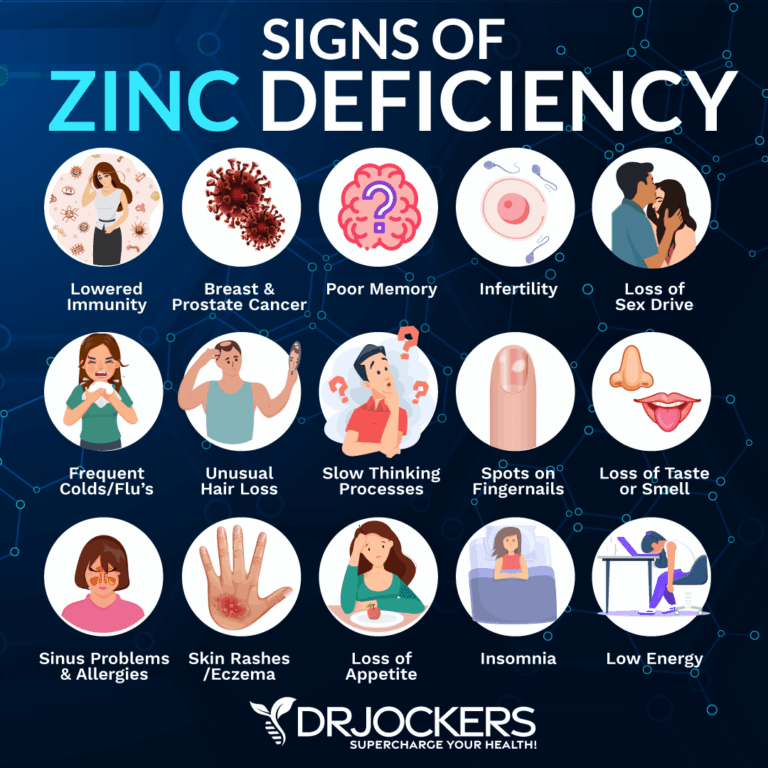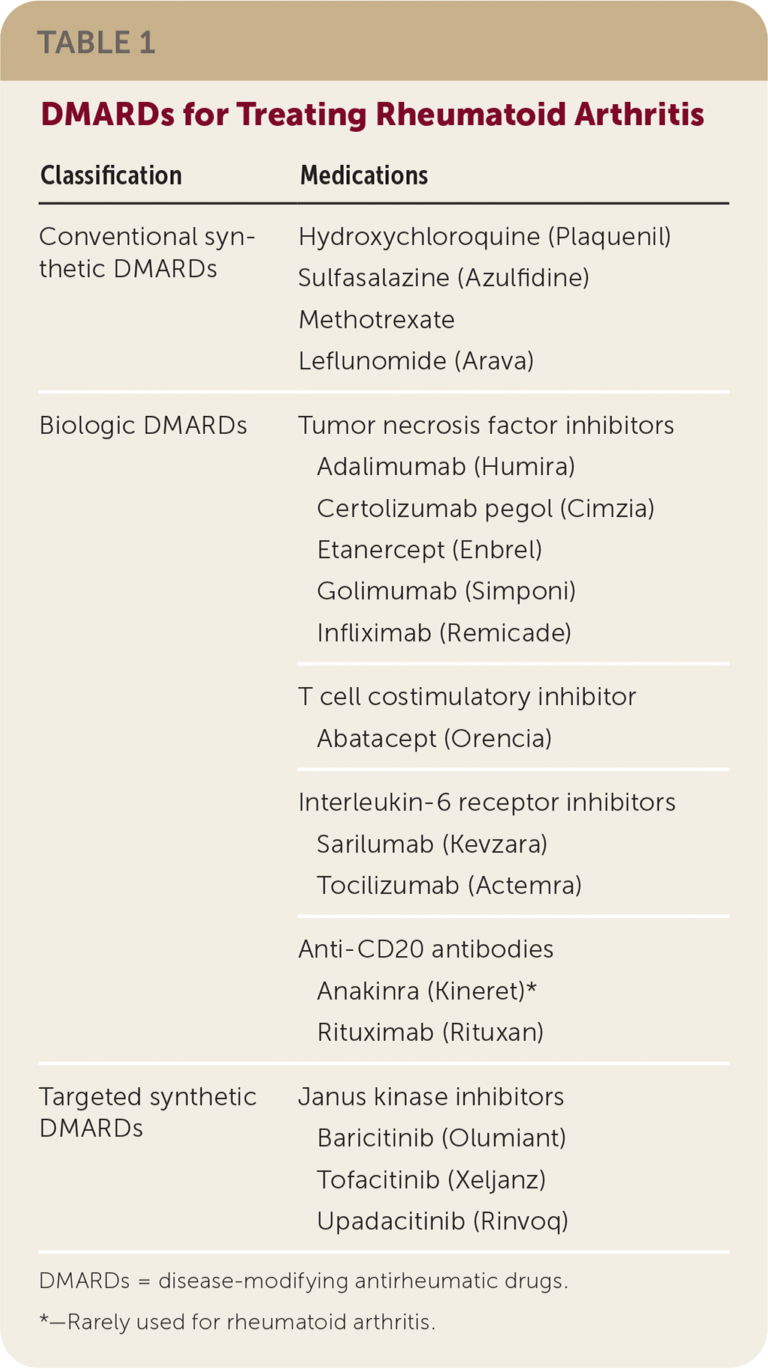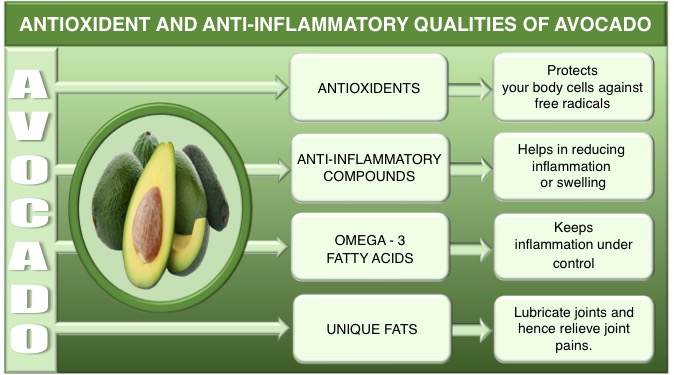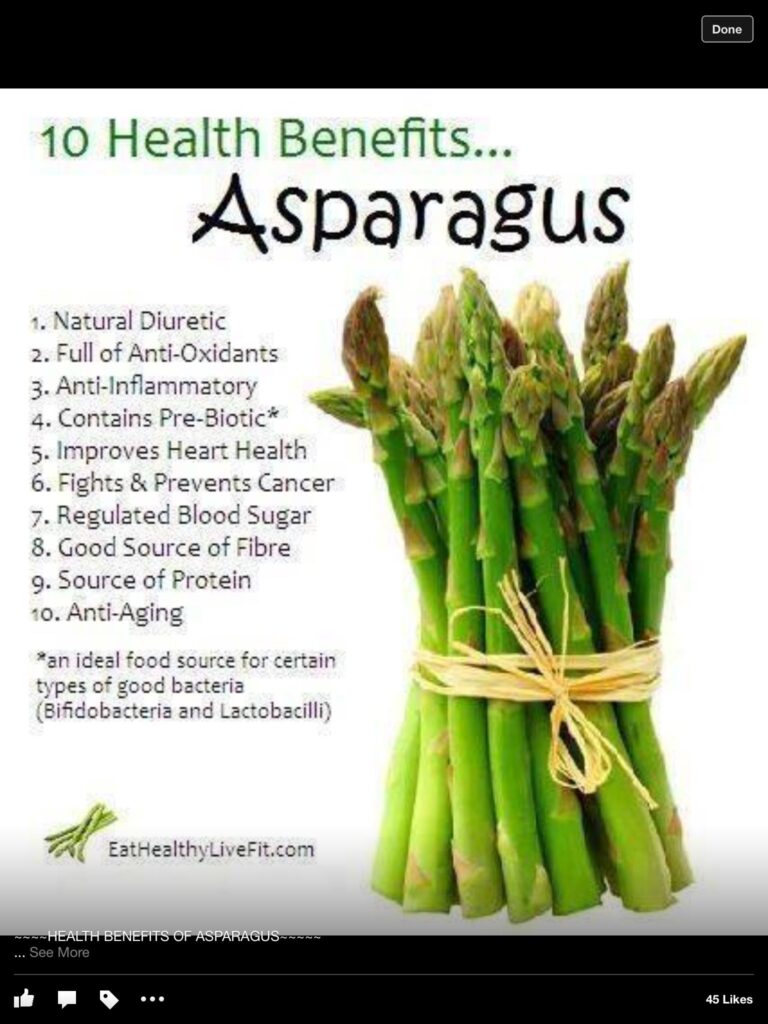Unlocking Vitality: Your Culinary Journey to the Top 10 Magnesium Powerhouses for a Thriving Life
In the grand symphony of human biology, where countless nutrients play their part, there exists an unsung hero, a quiet conductor orchestrating over 300 enzymatic reactions critical for life itself. This hero is magnesium, a mineral so fundamental, yet so frequently overlooked in our modern diets that its deficiency has been dubbed a "silent epidemic." We are talking about the very spark that ignites our energy, the balm that soothes our nerves, the architect of strong bones, and the regulator of our sleep cycles. Without sufficient magnesium, the body’s intricate machinery begins to falter, quietly at first, then with increasingly noticeable whispers of fatigue, irritability, muscle cramps, and a pervasive sense of dis-ease.
But what if the key to unlocking a more vibrant, energetic, and resilient you wasn’t found in a complicated supplement regimen, but rather in the colorful bounty of your local grocery store? What if the path to reversing this pervasive deficiency was a delicious journey, easily integrated into your weekly routine?
For the knowledgeable among us, who understand that true wellness stems from the foundational nutrients we consume, this article is more than just a list. It’s an invitation to embark on a culinary adventure, a deep dive into the synergistic power of whole foods, and a practical guide to transforming your plate into a powerhouse of magnesium-rich goodness. We’re not just telling you what to eat; we’re exploring why these foods are so crucial, how they contribute to your overall well-being, and how you can weave them seamlessly into your life, starting this week.
The Magnesium Enigma: Why This Mineral Matters So Profoundly
Before we unveil our top 10 powerhouses, let’s take a moment to truly appreciate the magnitude of magnesium’s role. For the discerning reader, a superficial understanding simply won’t suffice. Magnesium is not merely a "good-for-you" mineral; it is a fundamental co-factor, a biochemical workhorse involved in processes ranging from the microscopic to the macroscopic.
Energy Production (ATP Synthesis): The Body’s Spark Plug
Perhaps magnesium’s most critical role is in the production of adenosine triphosphate (ATP), the primary energy currency of every cell in your body. ATP cannot be produced without magnesium. Think of it: every beat of your heart, every thought you think, every muscle contraction, every breath you take – all require ATP, and all, therefore, depend on magnesium. A deficiency here translates directly to the profound fatigue, sluggishness, and lack of stamina many experience daily.
Nerve Function and Neurotransmitter Regulation: The Calming Conductor
Magnesium plays a pivotal role in nerve impulse transmission and muscle contraction. It acts as a natural calcium channel blocker, preventing excessive calcium influx into cells, which can lead to over-excitation. This translates to its profound impact on the nervous system. From modulating neurotransmitters that regulate mood (like serotonin) to influencing the release of stress hormones, magnesium helps maintain nervous system balance. Its deficiency can manifest as anxiety, irritability, restless leg syndrome, and even exacerbate symptoms of depression. It’s the mineral that helps you "chill out."
Muscle Function and Recovery: The Smooth Operator
Beyond its role in ATP for muscle contraction, magnesium is crucial for muscle relaxation. When muscles contract, calcium flows in; when they relax, magnesium steps in to facilitate the release of calcium. Without adequate magnesium, muscles can remain in a state of sustained contraction, leading to cramps, spasms, and even chronic tension. Athletes, in particular, rely heavily on magnesium for optimal performance and recovery.
Bone Health: The Unsung Architect
While calcium often takes center stage for bone health, magnesium is equally, if not more, vital. Approximately 60% of the body’s magnesium resides in our bones. It’s not just a structural component; it influences the activity of osteoblasts and osteoclasts (cells that build and break down bone), converts Vitamin D into its active form, and helps regulate calcium and phosphorus levels – all critical for bone density and strength. A magnesium deficiency can directly impair bone metabolism, increasing the risk of osteoporosis.
Blood Sugar Regulation: The Steady Hand
Magnesium is intimately involved in glucose metabolism and insulin sensitivity. It acts as a co-factor for enzymes involved in carbohydrate metabolism and influences the activity of insulin receptors. Studies have shown a strong correlation between magnesium deficiency and insulin resistance, a precursor to Type 2 Diabetes. Adequate magnesium intake can improve the body’s ability to utilize glucose, contributing to stable blood sugar levels.
Cardiovascular Health: The Heart’s Protector
By relaxing blood vessels, magnesium helps regulate blood pressure. It also plays a role in maintaining a healthy heart rhythm and preventing arrhythmias. Its anti-inflammatory properties further contribute to cardiovascular protection, making it a critical nutrient for long-term heart health.
Sleep Quality: The Restful Guardian
As a natural relaxant, magnesium helps activate the parasympathetic nervous system, the system responsible for putting you into a calm and relaxed state. It binds to GABA receptors, the neurotransmitter responsible for calming nerve activity, and also regulates melatonin, the sleep-wake hormone. A deficiency can lead to insomnia, restless sleep, and difficulty winding down.
Given this extensive repertoire of functions, it becomes clear why optimizing your magnesium intake is not merely an option, but a profound investment in your overall health and longevity. The good news? Nature has provided us with an abundance of delicious, accessible sources.
Preparing for the Feast: Principles of Magnesium-Rich Eating
Before we dive into the specific foods, a few guiding principles for our knowledgeable audience:
- Bioavailability Matters: Not all magnesium in food is equally absorbed. Factors like phytic acid (found in some nuts, seeds, and grains), oxalates (in some greens), and certain cooking methods can influence absorption. Soaking, sprouting, and proper cooking can enhance bioavailability.
- Synergy is Key: Magnesium doesn’t work in isolation. It interacts synergistically with other nutrients like calcium, potassium, sodium, and B vitamins. Focusing on whole, unprocessed foods naturally provides this harmonious blend.
- Soil Depletion: Modern agricultural practices have unfortunately depleted the magnesium content in many soils, meaning that even "healthy" foods might contain less magnesium than they did decades ago. This underscores the importance of variety and quantity.
- Listen to Your Body: While these are general guidelines, individual needs vary. Stress levels, exercise intensity, certain medications, and gut health can all impact magnesium requirements and absorption.
Now, let the culinary exploration begin! Here are the Top 10 Magnesium Powerhouses to add to your grocery list this week, presented not just as items, but as stories of vitality waiting to be unleashed.
>
The Top 10 Magnesium Powerhouses: Your Culinary Keys to Vitality
1. The Verdant Champion: Dark Leafy Greens (Spinach, Kale, Swiss Chard)
- Magnesium Content: A single cup of cooked spinach contains approximately 157 mg of magnesium (about 39% of the Daily Value). Kale and Swiss chard offer similar impressive numbers.
- Beyond Magnesium: These vibrant greens are veritable treasure chests of nutrients. They are rich in Vitamin K (crucial for bone health and blood clotting), Vitamin A (vision and immune function), Vitamin C (immune support), folate (cell growth and DNA repair), and a plethora of antioxidants like lutein and zeaxanthin, which protect eye health. Their high fiber content aids digestion and promotes gut health.
- The Story & Culinary Versatility: Imagine the sun-drenched fields, converting light into life. That deep green hue is a testament to chlorophyll, which contains a magnesium atom at its core. Integrating these greens is effortless. Sauté spinach with garlic and a squeeze of lemon as a quick side dish. Blend kale into your morning smoothie for an undetectable nutritional boost. Add Swiss chard to soups, stews, or even as a bed for roasted vegetables. Make a vibrant green pesto with kale instead of basil. The slightly bitter notes of some greens can be balanced with a touch of sweetness (fruit in smoothies) or acidity (lemon juice). Don’t just eat them; celebrate their verdant power!
2. The Mighty Miniatures: Pumpkin Seeds (Pepitas)
- Magnesium Content: Just a quarter cup (about 16g) of pumpkin seeds packs a significant 150 mg of magnesium (37% DV).
- Beyond Magnesium: These small but potent seeds are also excellent sources of zinc (immune function, wound healing), iron (oxygen transport), protein (muscle repair), healthy omega-3 fatty acids (anti-inflammatory, brain health), and fiber. They contain unique antioxidants called lignans, which have anti-inflammatory and potential anti-cancer properties.
- The Story & Culinary Versatility: Picture the humble pumpkin, offering not just a festive façade, but these nutrient-dense gems hidden within. Pumpkin seeds offer a delightful crunch and a nutty flavor that elevates countless dishes. Toast them lightly to enhance their flavor and sprinkle them over salads, oatmeal, yogurt, or roasted vegetables. Blend them into homemade granola or energy bars. Use them as a crunchy topping for soups, or simply enjoy a handful as a satisfying, magnesium-rich snack. Their versatility is only limited by your imagination.
3. The Heart-Healthy Crunch: Almonds
- Magnesium Content: A one-ounce serving (about 23 almonds) provides around 77 mg of magnesium (19% DV).
- Beyond Magnesium: Almonds are renowned for their heart-healthy monounsaturated fats, Vitamin E (a powerful antioxidant that protects cell membranes), fiber, and protein. They also contain calcium, potassium, and beneficial plant compounds like flavonoids. Regular consumption is linked to improved cholesterol levels and blood sugar control.
- The Story & Culinary Versatility: From ancient Mediterranean groves to your modern snack bowl, almonds have long been cherished for their nourishment. They are the epitome of a wholesome snack. Keep a small bag in your desk or car for a quick energy boost. Grind them into almond flour for gluten-free baking. Make your own creamy almond milk, free from additives. Sprinkle slivered almonds over stir-fries, incorporate them into grain bowls, or add them to your morning porridge. Just remember to opt for raw, unsalted varieties to maximize their health benefits.
4. The Indulgent Elixir: Dark Chocolate (70% Cacao or Higher)
- Magnesium Content: A 1-ounce square (approx. 28g) of 70-85% dark chocolate contains around 64 mg of magnesium (16% DV).
- Beyond Magnesium: This is where indulgence meets profound nutrition. Dark chocolate is brimming with powerful antioxidants, particularly flavonoids, which are known to improve blood flow, lower blood pressure, and protect against heart disease. It also contains iron, copper, manganese, and fiber.
- The Story & Culinary Versatility: For centuries, cacao has been revered, a sacred plant transformed into a beloved treat. Choosing high-quality dark chocolate means embracing its deep, complex flavors and its incredible health benefits. This isn’t just a dessert; it’s a functional food. Enjoy a square or two after dinner to satisfy sweet cravings while boosting your magnesium. Melt it down to drizzle over fruit, or shave it over yogurt. For a truly decadent experience, make a rich hot cacao drink with unsweetened cacao powder, which is even more concentrated in magnesium. Let the bitterness be a reminder of its potent goodness.
5. The Creamy Superfruit: Avocado
- Magnesium Content: One medium avocado contains approximately 58 mg of magnesium (15% DV).
- Beyond Magnesium: Avocados are celebrated for their healthy monounsaturated fats (particularly oleic acid), which are heart-protective and aid in the absorption of fat-soluble vitamins (A, D, E, K). They are also rich in potassium (vital for fluid balance and blood pressure), fiber, and B vitamins.
- The Story & Culinary Versatility: Hailing from the verdant lands of Central and South America, the avocado has transcended its origins to become a global culinary darling. Its creamy texture and mild flavor make it incredibly versatile. Smash it into guacamole, slice it onto toast, add it to salads, or blend it into smoothies for a rich, satiating element. It can even be used as a healthy fat substitute in baking. Embrace the avocado as your go-to source for healthy fats and a significant magnesium boost.
6. The Leguminous Lifesavers: Black Beans & Lentils
- Magnesium Content: A single cup of cooked black beans provides about 120 mg of magnesium (30% DV). Cooked lentils offer a comparable 71 mg per cup (18% DV).
- Beyond Magnesium: These legumes are nutritional powerhouses. They are exceptionally rich in plant-based protein, dietary fiber (both soluble and insoluble, supporting digestive health and blood sugar control), folate, iron, and potassium. Their complex carbohydrates provide sustained energy.
- The Story & Culinary Versatility: Legumes have sustained civilizations for millennia, a testament to their robust nutritional profile and economic accessibility. Black beans and lentils are incredibly adaptable. Use black beans in tacos, burritos, chili, or as a hearty side dish. Lentils are perfect for soups, stews, curries, or even as a meat substitute in vegetarian burgers. Soaking and sprouting can further enhance nutrient absorption by reducing phytate content. These are truly foundational foods for a magnesium-rich diet.
7. The Ancient Grain of Wellness: Quinoa
- Magnesium Content: One cup of cooked quinoa delivers approximately 118 mg of magnesium (30% DV).
- Beyond Magnesium: Quinoa stands out as one of the few plant foods that are a complete protein, containing all nine essential amino acids. It’s also gluten-free, high in fiber, iron, manganese, and phosphorus. Its low glycemic index makes it an excellent choice for blood sugar management.
- The Story & Culinary Versatility: Hailed as "the mother grain" by the Incas, quinoa has made a remarkable resurgence as a modern superfood. Its delicate, slightly nutty flavor and fluffy texture make it a versatile staple. Use it as a base for grain bowls, a healthy alternative to rice, or a protein-packed addition to salads. Cook it for breakfast with fruit and nuts, or incorporate it into savory dishes with vegetables and lean protein. Quinoa truly embodies ancient wisdom for modern health.
8. The Cashew’s Creamy Embrace: Cashews
- Magnesium Content: A one-ounce serving (about 18 cashews) offers around 83 mg of magnesium (21% DV).
- Beyond Magnesium: Cashews are not just delicious; they are a good source of healthy monounsaturated fats, protein, and essential minerals like copper (important for energy production and connective tissue), zinc, and iron. They contain powerful antioxidants that can help reduce inflammation.
- The Story & Culinary Versatility: Originating from Brazil, the cashew nut has traveled the world, charming palates with its unique crescent shape and buttery texture. Cashews are incredibly versatile in the kitchen. Enjoy them as a snack, blend them into creamy vegan sauces (they make excellent dairy substitutes), or use them to thicken smoothies. Cashew butter is a delicious alternative to peanut butter. Roast them with a touch of spice for an elevated snack experience.
9. The Tiny Titans: Chia Seeds
- Magnesium Content: Two tablespoons (about 28g) of chia seeds provide roughly 95 mg of magnesium (24% DV).
- Beyond Magnesium: These tiny seeds are nutritional powerhouses. They are an exceptional source of omega-3 fatty acids (alpha-linolenic acid, ALA), fiber (both soluble and insoluble, promoting satiety and digestive regularity), protein, calcium, and phosphorus.
- The Story & Culinary Versatility: The word "chia" means "strength" in the Mayan language, and for good reason. These ancient seeds pack a mighty punch. Their unique ability to absorb liquid and form a gel makes them incredibly useful. Create a simple chia pudding for breakfast or dessert, add them to smoothies, sprinkle them over oatmeal or yogurt, or use them as an egg substitute in baking (chia egg). Their neutral flavor means they blend seamlessly into most dishes, silently boosting your magnesium and fiber intake.
10. The Versatile Bean Curd: Tofu & Edamame
- Magnesium Content: Half a cup of firm tofu contains approximately 74 mg of magnesium (18% DV). One cup of shelled edamame (soybeans) offers about 98 mg of magnesium (24% DV).
- Beyond Magnesium: Tofu and edamame are complete plant-based proteins, making them excellent choices for vegetarians and vegans. They are also good sources of iron, calcium, manganese, and isoflavones, which have antioxidant and anti-inflammatory properties and may offer hormonal benefits.
- The Story & Culinary Versatility: For millennia, soybeans have been a cornerstone of Asian diets, offering a sustainable and nutrient-dense food source. Tofu, made from curdled soy milk, is a blank canvas, absorbing flavors beautifully. Grill it, stir-fry it, bake it, or crumble it into scrambles. Edamame, the young green soybean, makes a fantastic snack, either steamed in the pod or shelled and added to salads, grain bowls, or stir-fries. These soy-based powerhouses offer a unique blend of protein and magnesium, supporting muscle health and overall vitality.
>
Beyond the Plate: Other Magnesium Considerations
While focusing on these top 10 powerhouses will significantly enhance your magnesium intake, a knowledgeable audience understands that holistic wellness often involves more nuanced considerations:
- Water Quality: "Hard" water can be a source of magnesium, but not all water supplies are the same. Consider filtering your water and assessing its mineral content.
- Stress and Magnesium Depletion: Chronic stress can rapidly deplete magnesium stores in the body, creating a vicious cycle. Implementing stress-reduction techniques (meditation, yoga, deep breathing) becomes even more critical for magnesium retention.
- Gut Health: A healthy gut microbiome is essential for optimal nutrient absorption, including magnesium. Prioritizing gut health through fermented foods, prebiotics, and a diverse diet indirectly supports your magnesium status.
- Medication Interactions: Certain medications (e.g., diuretics, proton pump inhibitors, some antibiotics) can interfere with magnesium absorption or increase its excretion. Always consult with a healthcare professional if you have concerns.
- Supplements (with caution): While this article champions food-first, for some individuals with severe deficiencies or specific health conditions, a magnesium supplement might be recommended. Different forms (citrate, glycinate, threonate, malate) have varying absorption rates and benefits. However, always prioritize dietary sources first and consult a healthcare provider before starting any new supplement.
Crafting Your Magnesium-Rich Grocery List and Meal Plan This Week
The beauty of these magnesium powerhouses is their incredible versatility. Integrating them into your diet doesn’t require a radical overhaul, but rather mindful additions and substitutions.
This Week’s Grocery List Additions:
- Produce: Fresh spinach, kale, Swiss chard, avocados.
- Pantry: Pumpkin seeds, almonds, cashews, chia seeds, black beans (canned or dried), lentils, quinoa, dark chocolate (70%+ cacao), firm tofu, frozen edamame.
Sample Magnesium-Rich Meal Ideas for Your Week:
- Breakfast:
- Chia pudding with berries and a sprinkle of pumpkin seeds.
- Oatmeal (another good magnesium source) topped with almonds, dark chocolate shavings, and a side of avocado toast.
- Green smoothie with spinach, half an avocado, and a tablespoon of almond butter.
- Lunch:
- Quinoa salad with black beans, roasted vegetables (like broccoli, also contains magnesium), and a handful of pumpkin seeds.
- Large spinach and kale salad with grilled tofu, edamame, and a vinaigrette made with healthy oil.
- Lentil soup with a side of whole-grain bread and a small handful of cashews.
- Dinner:
- Black bean burgers served on whole-grain buns with avocado slices.
- Stir-fry with plenty of spinach, edamame, and tofu, served over quinoa.
- Baked salmon (for other healthy fats) with a side of sautéed Swiss chard and a sprinkling of toasted almonds.
- Snacks:
- A handful of almonds or cashews.
- Dark chocolate square.
- Avocado slices with a pinch of sea salt.
- Steamed edamame.
- Pumpkin seeds.
Conclusion: Your Journey to a Magnesium-Powered Life
The journey to optimal health is often paved with simple, delicious choices. By understanding the profound impact of magnesium on virtually every system in your body – from energy production and nerve function to muscle recovery and mood regulation – you empower yourself to make informed decisions that resonate with a deeper wisdom.
This isn’t just about adding foods; it’s about reclaiming vitality, enhancing resilience, and nourishing your body at a cellular level. It’s about recognizing that the fatigue, the restless nights, the muscle twitches, or the pervasive anxiety might not be inherent flaws, but rather subtle cries from a body yearning for one of its most fundamental minerals.
So, as you craft your grocery list this week, let it be more than a mundane chore. Let it be an act of self-care, a conscious step towards a more energized, balanced, and vibrant existence. Embrace the verdant greens, the mighty seeds, the creamy avocados, and the indulgent dark chocolate. Let these magnesium powerhouses become the delicious cornerstones of your thriving life. Embark on this delicious journey, and feel the profound difference a truly magnesium-rich diet can make. Your body, your mind, and your spirit will thank you.







